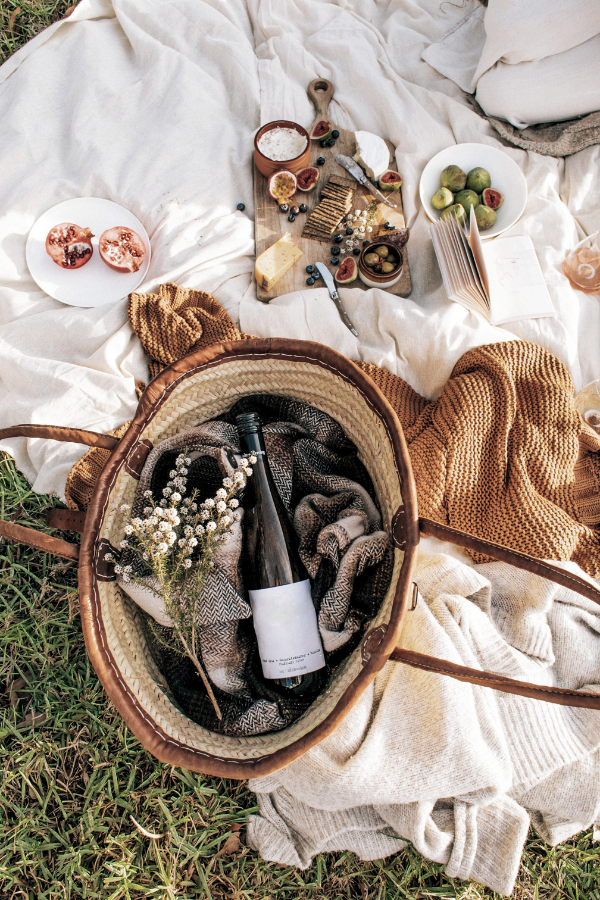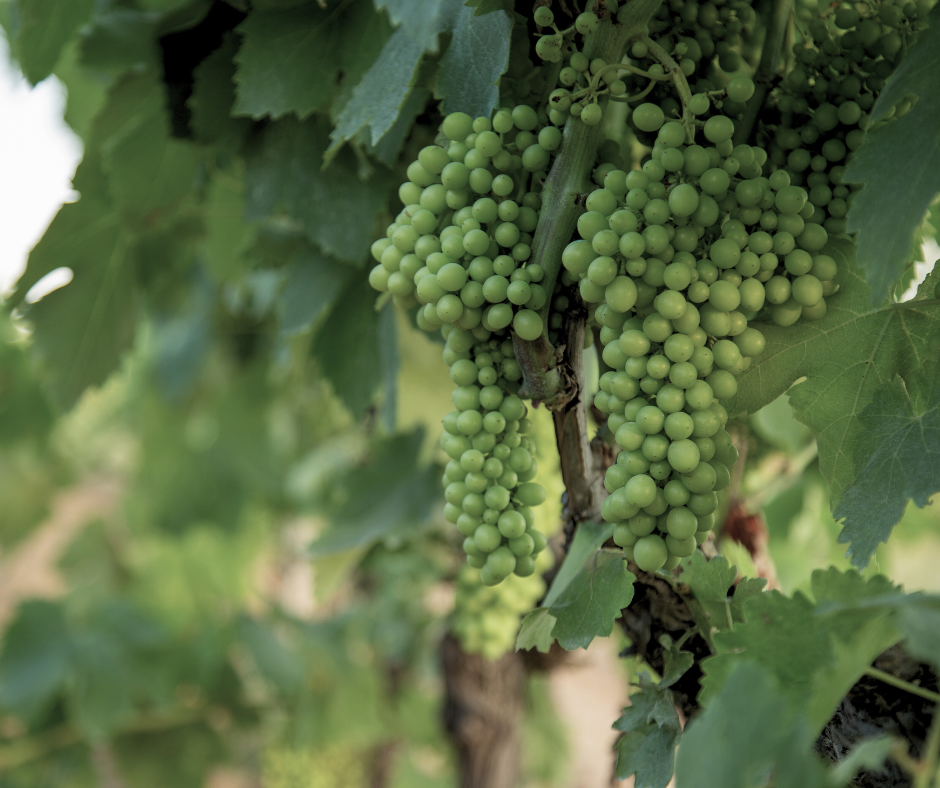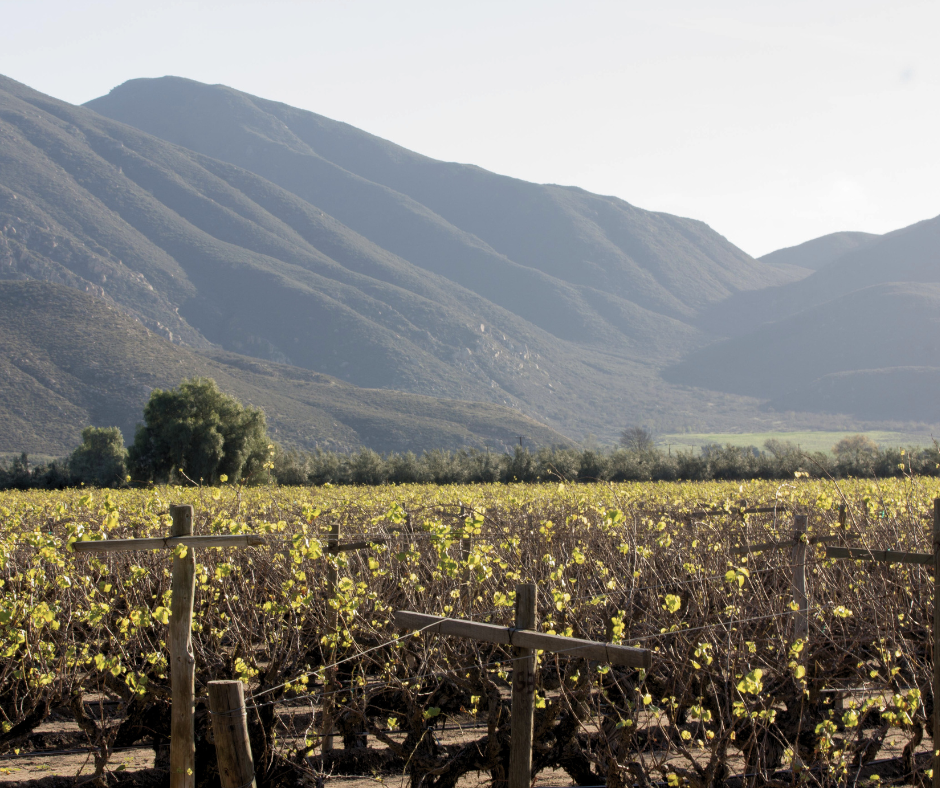
Everything You Need to Know About Biodynamic Wines
Summary
Reflection Questions
Journal Prompt
Biodynamic wines, an emerging niche in viticulture and enology, represent a segment of wine production where grapes are grown according to the principles of biodynamic agriculture. This practice, originating in the early 20th century from the ideas of Rudolf Steiner, integrates holistic and ecological approaches, emphasizing a self-sustaining ecosystem within vineyards. Steiner’s methods were a response to the early signs of industrial agriculture’s detrimental effects on soil quality and farm health. This article aims to provide a comprehensive exploration of biodynamic wines, tracing their historical roots, examining the distinct agricultural practices employed in their production, and analyzing their impact on the wine industry. Furthermore, it seeks to evaluate both the benefits and challenges associated with biodynamic wine production, thereby offering readers an informed perspective on this increasingly prominent yet often misunderstood segment of the wine industry.
Principles of Biodynamic Farming
Holistic Approach and Ethical Considerations

Biodynamic farming, as conceptualized by Rudolf Steiner in the 1920s, is predicated on a holistic view of agriculture. It considers the farm as a self-contained and self-sustaining ecosystem, where all elements – soil, plants, animals, and humans – interact in a balanced and harmonious manner. Many assume that organic and biodynamic wines and other products bearing these monikers are the same, but there are a few differences.
Biodynamic practices extend beyond the mere avoidance of synthetic chemical inputs, characteristic of organic agriculture, and involves proactive practices designed to enhance the vitality of the farm environment. Ethically, biodynamic farming emphasizes a deep respect for the land and ecological interdependencies, fostering a sustainable and ethical approach to land stewardship. This respect extends to the treatment of livestock, which are viewed not only as agricultural assets but as integral components of the farm’s ecological balance.
The Role of Lunar and Astrological Cycles in Biodynamic Winemaking
Central to biodynamic agriculture is the consideration of lunar and astrological cycles in farm activities. Steiner posited that just as the moon influences tides, its phases can also impact plant growth and soil vitality. Accordingly, biodynamic farmers meticulously time sowing, pruning, and harvesting to coincide with specific lunar phases and zodiacal constellations.
This lunar and astrological focus is believed to enhance the growth and development of crops, including grapes for wine production. While this aspect of biodynamic farming is often viewed skeptically by the scientific community, its practitioners cite empirical observations and traditional knowledge in its support.
Use of Biodynamic Preparations and Composts
Biodynamic farming is distinguished by its use of unique preparations and composts, intended to enhance soil quality and plant health. These preparations, numbered 500 to 508, include a variety of natural substances such as manure, minerals, and herbs, which are fermented and applied in homeopathic quantities. For instance, Preparation 500 involves stuffing cow manure into cow horns and burying them in the soil over winter, which is then used to prepare a field spray to stimulate root growth and humus formation.
Such preparations are considered crucial in biodynamic viticulture for fostering a rich, balanced soil microbiome, which in turn influences the health of the grapevines and the quality of the wine. Despite a lack of robust scientific validation for some of these practices, they remain a cornerstone of the biodynamic philosophy, intertwining agricultural science with a more spiritual understanding of nature’s processes.
Biodynamic Viticulture

Biodynamic viticulture distinguishes itself from conventional and organic methods through its unique farming practices and philosophical underpinnings. Conventional viticulture often relies heavily on synthetic pesticides, herbicides, and fertilizers to optimize grape yield and quality.
Organic viticulture, while eschewing synthetic chemicals, primarily focuses on the negative impacts of these substances on the environment and consumer health. Biodynamic viticulture, in contrast, extends this approach, incorporating specific practices like the use of biodynamic preparations, adherence to lunar cycles, and a holistic view of the vineyard as a self-sustaining ecosystem.
Soil Health and Biodiversity in Vineyards
Soil health is a fundamental aspect of biodynamic viticulture. Biodynamic wine producers aim to cultivate rich, living soils with a diverse microbiological community. This is achieved through practices like crop rotation, cover cropping, and the application of biodynamic composts and preparations. These practices enhance soil fertility naturally and sustainably, promoting robust root systems and improving the vine’s natural resistance to pests and diseases.
Biodiversity is another crucial component, with biodynamic vineyards often integrating various plant and animal species to create a more balanced and resilient ecosystem. This biodiversity not only benefits soil health but also contributes to a natural balance between pests and their predators, reducing the need for external pest control measures.
Impact on Grape Quality and Vine Resilience
The holistic practices of biodynamic viticulture can have a significant impact on grape quality and vine resilience. By focusing on soil health and biodiversity, biodynamic methods foster vines that are better equipped to withstand environmental stresses, such as drought or disease. Healthier soil leads to a more balanced nutrient uptake by the vines, which can contribute to the development of more complex flavor profiles in the grapes.
Additionally, the emphasis on minimal intervention in biodynamic winemaking allows for a more authentic expression of the vineyard’s terroir in the wine. While empirical studies directly correlating biodynamic practices with improved wine quality are limited, anecdotal evidence and the growing demand for biodynamic wine suggest a perceived enhancement in quality among consumers and wine professionals alike.
How Do Biodynamic Wines Differ from Organic Wines?

While both organic and biodynamic farming prioritize environmental health and avoid synthetic chemicals, biodynamic farming is distinguished by its holistic, cosmic approach, specific preparations and practices, and an ethos that encompasses spiritual and ethical dimensions of agriculture.
Organic farming focuses on avoiding synthetic fertilizers, pesticides, and genetically modified organisms (GMOs). The farming process for certified organic wine emphasizes the use of natural substances and mechanical or biological farming methods to maintain soil health and ecological balance. Standards for organic wine are internationally recognized and largely consistent, focusing on the non-use of synthetic chemicals and GMOs.
Organic farming utilizes compost and other organic materials but doesn’t specify preparations or methods for composting. It does not consider lunar or astrological influences in farming practices. This approach to farming is primarily focused on environmental aspects and health benefits and is generally limited to the boundaries of the farm.
Biodynamic Farming includes all organic farming principles but goes further by incorporating specific philosophies about agriculture’s role in the broader context of the cosmos. It views the farm as a cohesive, interconnected living system. Certification, often through organizations like Demeter, requires meeting rigorous standards that include organic practices plus additional biodynamic criteria. Unlike organic grapes, this type of wine production uses specific compost preparations (such as herbal and mineral additives) intended to enhance soil health and vitality.
These preparations are unique to biodynamic farming and do not apply to the production of organic wines. Planting, pruning, and harvesting are often timed according to a biodynamic calendar that considers lunar cycles and astrological influences, based on the idea that these cosmic forces impact plant growth. Besides environmental concerns, it emphasizes a spiritual, ethical, and holistic approach to farming, aiming to create a self-sustaining ecosystem. It seeks to integrate the farm into a larger ecological and cosmic system, with a strong emphasis on biodiversity and ecological interrelationships.
Taking a Closer Look at This Natural Winemaking Process
Minimally Invasive Techniques in Biodynamic Winemaking
Biodynamic winemaking is characterized by its minimally invasive approach, which aligns with the overarching philosophy of biodynamic agriculture. This approach entails minimal manipulation of the wine during the winemaking process, seeking to preserve the natural characteristics of the grapes and the terroir.
In practice, this means avoiding or minimizing the use of additives and processing aids that are common in conventional winemaking, such as commercial yeast, enzymes, and fining agents. The goal is to allow the wine to develop and express its inherent qualities naturally, with the winemaker acting more as a facilitator rather than a manipulator.
This approach requires a high level of attentiveness and skill, as it involves working with the natural variability of the grapes and the environment, rather than controlling or standardizing the process to achieve a consistent product.
Role of Natural Yeast and Fermentation Processes

The use of natural or indigenous yeasts is a key aspect of biodynamic winemaking. Unlike conventional winemaking, which often employs commercially cultivated yeast strains to ensure consistency and predictability in fermentation, biodynamic winemakers rely on the yeasts that are naturally present on the grape skins and in the vineyard environment.
This natural fermentation process of biodynamic wine is believed to contribute to the unique character and complexity of the wine, as the diversity of natural yeast strains can impart a wide range of flavors and aromas. However, it also introduces an element of unpredictability and requires careful monitoring to ensure that the fermentation process proceeds effectively and that undesirable strains of yeast or bacteria do not dominate.
Aging and Bottling Methods Specific to Biodynamic Wine
The aging and bottling of biodynamic wine is also guided by principles that respect the natural evolution of the wine. Biodynamic wines are often aged in natural materials such as oak barrels, which allow for micro-oxygenation and the gradual development of flavors.
The timing of bottling may be influenced by biodynamic calendars, with specific attention paid to lunar and astrological cycles, under the belief that these cycles can affect the taste and stability of the wine. When it comes to bottling, many biodynamic winemakers prefer to use minimal filtration and to avoid or minimize the use of sulfites, a common preservative.
While this can enhance the expression of the wine’s natural qualities, it also requires careful handling to ensure the wine remains stable and free from spoilage. As such, the winemaking process in biodynamic viticulture is a careful balance between respecting natural processes and employing the necessary skills and knowledge to produce a high-quality product.
Certification and Regulation
Certification plays a crucial role in ensuring adherence to specific biodynamic principles and practices. Notable among these certification bodies is Demeter, an internationally recognized organization that sets stringent standards for biodynamic agriculture. To refer to their wines as Demeter certified biodynamic wines, wine producers must comply with a comprehensive set of criteria that extend beyond organic farming requirements.
These include the use of biodynamic preparations, management of a self-sustaining ecosystem within the biodynamic vineyard, and adherence to lunar and astrological planting calendars. The certification process is rigorous, involving both an initial assessment and ongoing evaluations to ensure continued compliance. However, the certification landscape is not without challenges.
Differing regional regulations and varying interpretations of biodynamic principles can lead to complexity and inconsistency in certification standards. Moreover, the stringent and sometimes subjective nature of biodynamic requirements can pose hurdles for producers, particularly those transitioning from conventional or organic practices.
These challenges highlight the need for ongoing dialogue and refinement in the certification and regulatory framework governing biodynamic viticulture and the production of sustainable wines.
Tasting and Appreciating Biodynamic Wine

The distinct practices of biodynamic viticulture significantly influence the flavor profiles and characteristics of the resulting wines. The emphasis on soil health, biodiversity, and natural processes by biodynamic producers tends to produce wines that are often described as more vibrant and expressive of their terroir.
The use of indigenous yeasts for fermentation contributes to a broader spectrum of biodynamic wine taste, potentially leading to more complex and nuanced wines. Additionally, the minimal intervention approach in biodynamic winemaking allows the grapes’ natural qualities to shine, often resulting in wines that are unique and varied from year to year, reflecting the specific conditions of each growing season.
When tasting biodynamic wine, it’s essential to approach them with an awareness of their unique nature. Allow yourself to be open to experiencing different textures, aromas, and flavor profiles that may differ from conventional wines. Pay attention to the wine’s expression of its origin – the terroir – noticing any distinct earthy or mineral qualities. Tasting in a calm, unhurried setting can help in appreciating these subtle differences. It’s also beneficial to compare biodynamic wines with their conventional or organic counterparts to understand the impact of biodynamic practices on the wine’s character.
Pairing biodynamic wine with food follows the same fundamental principles as pairing any wine, with a focus on complementing or contrasting the flavors in both the wine and the dish. However, the unique qualities of biodynamic wines – such as their vibrant acidity, depth of flavor, or aromatic complexity – can offer exciting and sometimes unexpected pairing opportunities.
For instance, a biodynamic white wine with high minerality pairs well with seafood, while a red with robust earthy notes might complement game or mushroom-based dishes. Given their varied nature, experimenting with pairings is encouraged to find harmonious or intriguing combinations that enhance both the wine and the culinary experience.
Final Thoughts

As consumer awareness and demand for environmentally responsible products grow, the future of biodynamic wine appears promising, with potential for further innovation and development in this field. There is an ongoing evolution in biodynamic practices, reflecting a blend of traditional methods and modern scientific understanding, aimed at enhancing both the quality of the wines and their environmental footprint.
The role of consumers in this paradigm cannot be understated; their choices and preferences play a crucial role in shaping the wine industry’s direction towards more sustainable practices. By opting for biodynamic wine, consumers actively support a form of agriculture that prioritizes the health of the ecosystem, contributing to a more sustainable future for the planet.








